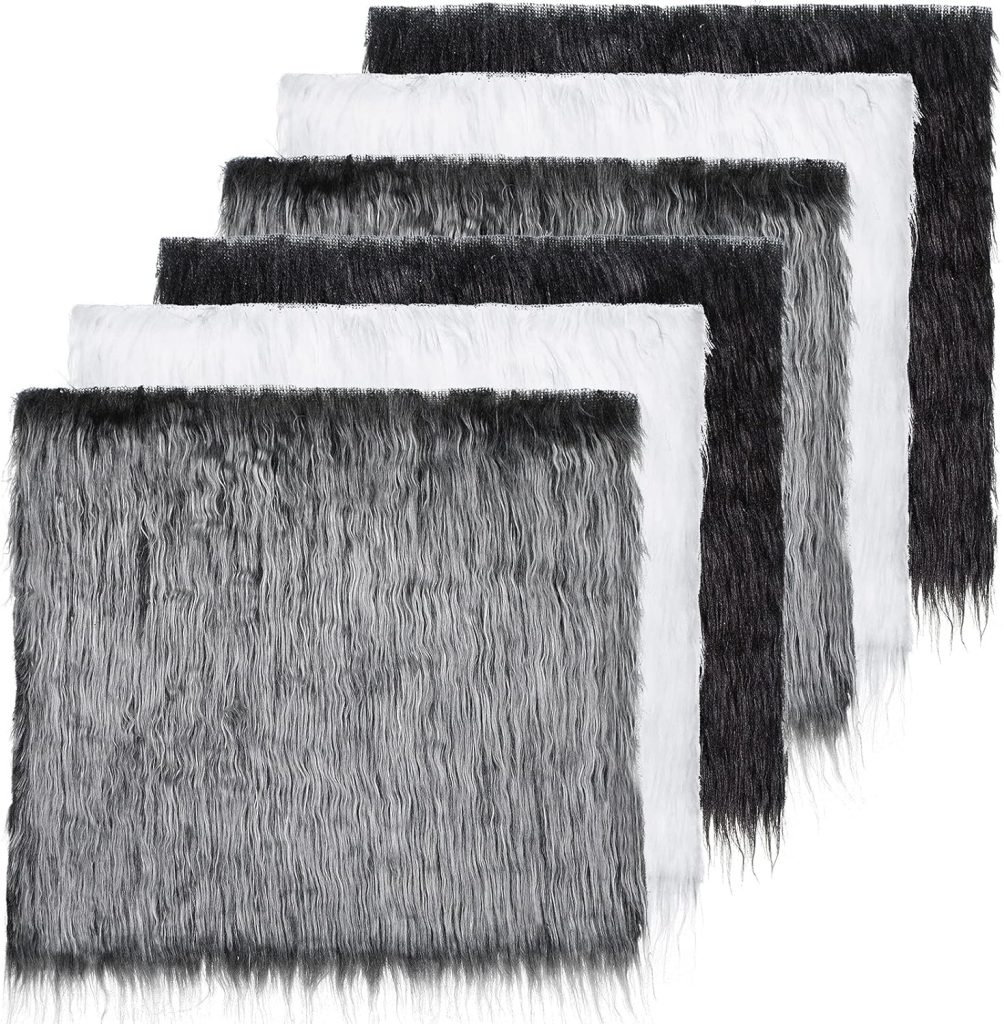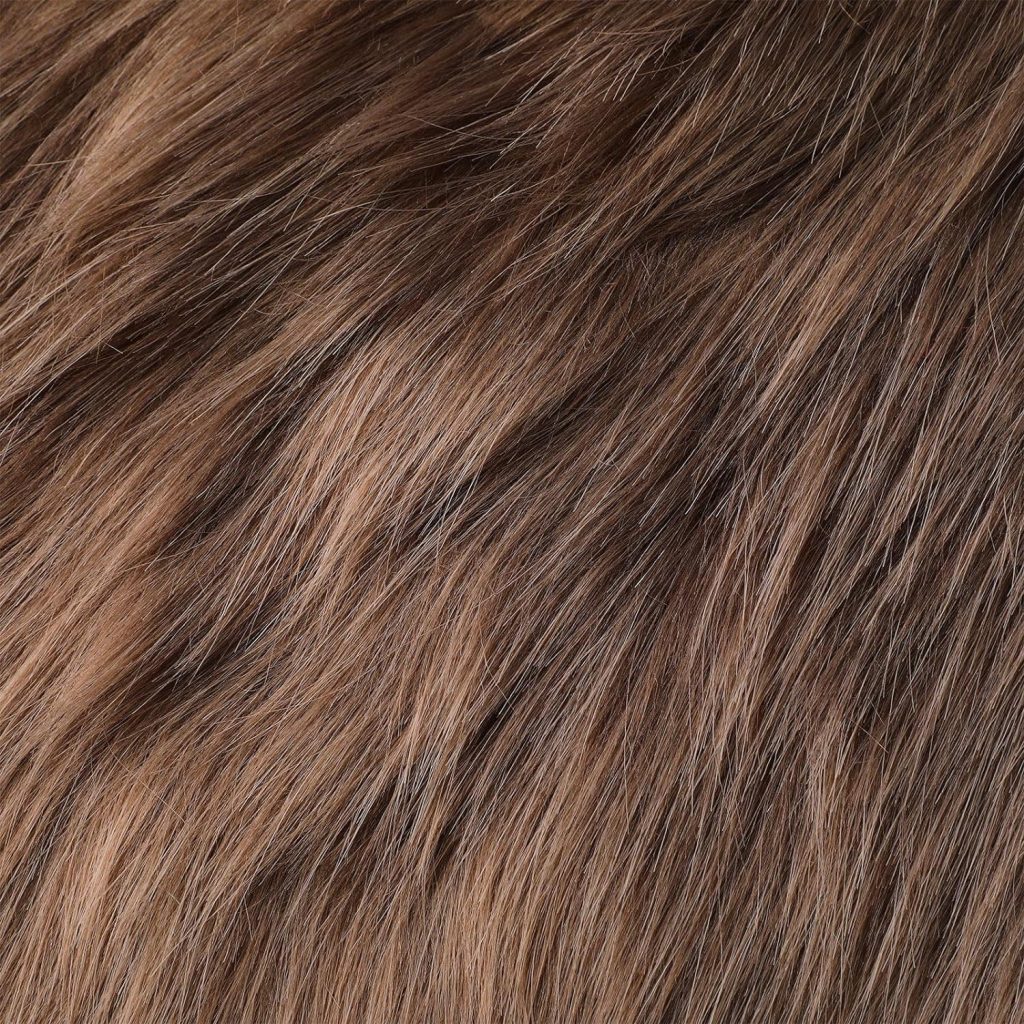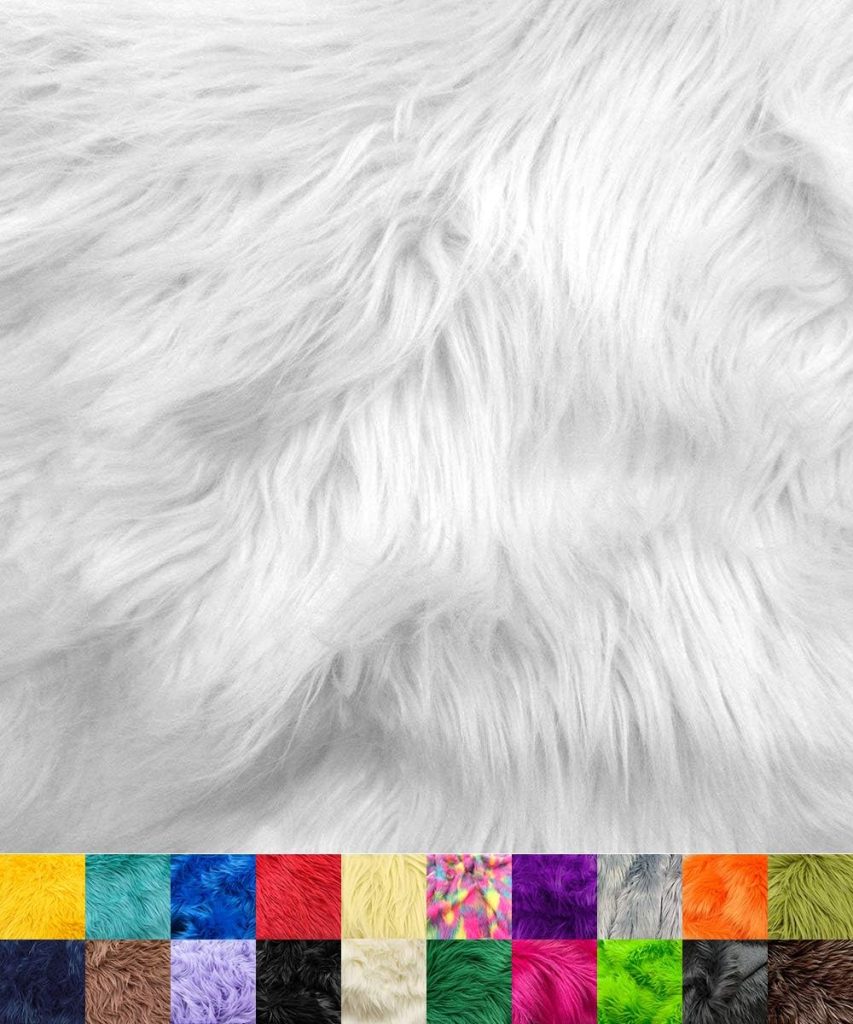Faux fur has become an increasingly popular alternative to real fur in the fashion industry. In this article, we will explore what faux fur is, its composition and manufacturing process, its environmental and ethical considerations, its quality and durability, styling tips for incorporating faux fur into your outfits, and the growing trend of faux fur in the fashion world.

I. Understanding Faux Fur: An Introduction
1.1 Definition of Faux Fur:
Faux fur, also known as fake fur or synthetic fur, is a man-made fabric designed to resemble real fur. It is created using synthetic materials that mimic the appearance and texture of animal fur, providing a cruelty-free alternative to traditional fur.
1.2 Composition of Faux Fur:
Faux fur is typically made from a variety of synthetic fibers such as acrylic, polyester, or modacrylic. These fibers are carefully blended to create a fabric that closely resembles the texture, look, and feel of real fur, while also offering its own unique qualities.

II. Manufacturing Process of Faux Fur
2.1 Weaving and Tufting:
The manufacturing process of faux fur involves weaving or tufting the synthetic fibers onto a fabric backing. This process creates the pile or fur-like texture on the surface of the fabric, simulating the appearance of real fur.
2.2 Dyeing and Finishing:
After the weaving or tufting process, the faux fur fabric undergoes dyeing and finishing to enhance its appearance and durability. Various techniques are used to add color, patterns, and texture to the fabric, making it resemble different types of fur.

III. Environmental and Ethical Considerations of Faux Fur
3.1 Cruelty-Free Alternative:
One of the main advantages of faux fur is its cruelty-free nature. Unlike real fur, which involves the trapping or farming of animals, faux fur is produced without harming or exploiting animals. It provides a compassionate choice for individuals who are concerned about animal welfare.
3.2 Environmental Impact:
While faux fur may not involve the direct use of animal resources, its production does have an environmental impact. The manufacturing process of synthetic fibers requires the use of chemicals and energy, which can contribute to carbon emissions and pollution. However, advancements in eco-friendly manufacturing processes are reducing the environmental footprint of faux fur.

IV. Quality and Durability of Faux Fur
4.1 High-Quality Options:
Faux fur has come a long way in terms of quality and realism. Advancements in technology and manufacturing techniques have allowed for the creation of highly realistic and luxurious faux fur fabrics that closely resemble real fur. These high-quality options offer durability and long-lasting performance.
4.2 Maintenance and Care:
Proper maintenance and care are essential to ensure the longevity of faux fur garments. Faux fur should be gently brushed or combed to remove any debris or tangles. It is important to follow the care instructions provided by the manufacturer to maintain the fabric’s appearance and softness.

V. Styling Tips for Incorporating Faux Fur into Your Outfits
5.1 Layering and Texture:
Moreover, faux fur has the ability to add depth and texture to any outfit, making it an excellent choice for styling. To instantly elevate your look, layer a faux fur vest or jacket over a simple top or dress. This adds a touch of glamour and sophistication, creating a stylish ensemble that is sure to turn heads. Additionally, don’t be afraid to experiment with different lengths and colors of faux fur.
5.2 Mixing and Matching:
Furthermore, faux fur offers endless possibilities for mixing and matching with various fabrics and textures, allowing you to create truly unique and fashionable ensembles. For a chic and edgy look, consider pairing a faux fur coat with leather pants. The combination of the plush faux fur and the sleek leather creates a striking contrast that exudes confidence and style. Alternatively, for a cozy and stylish winter outfit, drape a faux fur scarf over a knit sweater. The softness and warmth of the faux fur scarf add an element of luxury to the cozy knit, creating a fashionable and comfortable ensemble. Whether you choose to play with textures or create contrasting looks, faux fur provides the versatility to elevate your style and make a fashion statement.
VI. Faux Fur in the Fashion World
6.1 A Growing Trend:
Faux fur has become a prominent trend in the fashion industry, embraced by designers, brands, and consumers alike. Its cruelty-free nature, coupled with advancements in quality and aesthetics, has made it a popular choice for those seeking fashionable and ethical alternatives to real fur.
6.2 Ethical Fashion Movement:
The rise of faux fur reflects a broader shift towards ethical and sustainable fashion. It aligns with the growing demand for cruelty-free and environmentally conscious choices. Faux fur provides an opportunity for individuals to express their style while remaining mindful of the impact their fashion choices have on animals and the environment.
Faux fur offers a compassionate and stylish alternative to real fur. By understanding its composition, manufacturing process, environmental impact, and durability, individuals can make informed choices about incorporating faux fur into their wardrobes. With proper care and styling, faux fur can enhance any outfit while promoting ethical and environmentally conscious fashion choices. Embrace the growing trend of faux fur and make a statement with your style, knowing that you are making a compassionate choice that respects both animals and the planet.
